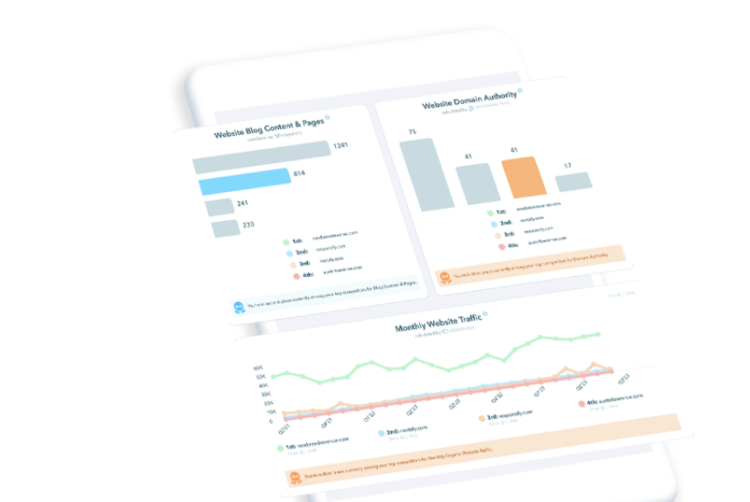 1,176 views
1,176 views 2057 Views
2057 Views  3 min read
3 min readIt’s a constant struggle to attract new prospects to your EMS solution, and an even fiercer battle to get them to schedule a demo. Considering that most people don’t make purchases sight unseen, a free demo would seem like a welcomed offer. However, the reality is that only a small percentage of consumers are ready for one. Before prospects are ready to test drive your EMS solution, they want to feel understood. In other words, the marketing and sales process needs to start with empathy. Since you can’t be everywhere at once, creating strategic content (Blog articles and eBooks) is a great way to provide prospects with material they can relate to when experiencing a problem. Through content that raises awareness, prospects will naturally start to see your solution as a viable option. As their interest continues to increase, so does the the likelihood they’ll want your demo. You may have a great website, but if the majority of your material is just aimed at closing the deal with every visitor, consumers won’t see the true value of what your brand has to offer: industry knowledge and thought leadership. The tenets of the Inbound Marketing are being consultative and solution-oriented. Here’s how you can put this methodology into action and get prospects to demo your EMS:
While 15% of Fortune 500 companies have energy reduction as an aim in their operating strategy, only a handful know what it takes to achieve it. The majority view energy as a fixed cost, and not as an asset to manage or optimize. If a prospect has yet to recognize the importance of energy efficiency, highlighting the technological aspects of your EMS isn’t the best starting point. Something like “cutting costs” is going to be more relatable because it addresses their immediate pains. Of course, winning over professionals who are directly linked to energy management is only the first step. Ultimately, a CEO or building owner has to consent. Delight these bottom-line driven execs with content that shows how energy SaaS can shift energy costs from Capex to Opex.
Maintenance, updates, and security are major headaches when it comes to operating any system. Building managers want to spend less time combating tech issues, and more time on what they do best: manage! So, don’t forget to explain how SaaS puts these burdens squarely on the shoulders of the vendor. Keep in mind, you don’t want to give all of the answers away in a single blog post. Drop helpful hints here and there so that prospects will be hungry for more. Nurturing a relationship takes time, and there won’t be much of it if a visitor can consume everything in a single bite.
EMS integrates all data related to consumption and cost into a central platform. Ironically, the professionals using the software don’t always remain “central.” A sustainability manager might have to run from property to property. If all they had to rely on was a stationary command center, it would hinder their ability to make timely decisions on the move. But it’s not a problem if they have mobile technology on their side…and they do. Beware: Your site has to be responsive to get the most out of mobile technology. Warped navigation and slow load times instantly turn users off. Make sure your EMS’s website shines on every device.
Guiding C&I prospects to sign on to your EMS requires empathy, patience, and the willingness to offer solutions from the get-go. Content based marketing rewards consumers with useful information and entices them to learn more about your brand. This process is permission-based, so prospects won’t feel like they’re being pestered with a hard sales pitch. As a result, they’ll come to trust your EMS brand and request a free demo! If you have any questions about how to get started with an Inbound Strategy for your EMS company, don’t be shy, reserve a time to speak with us here. We’re happy to help!
